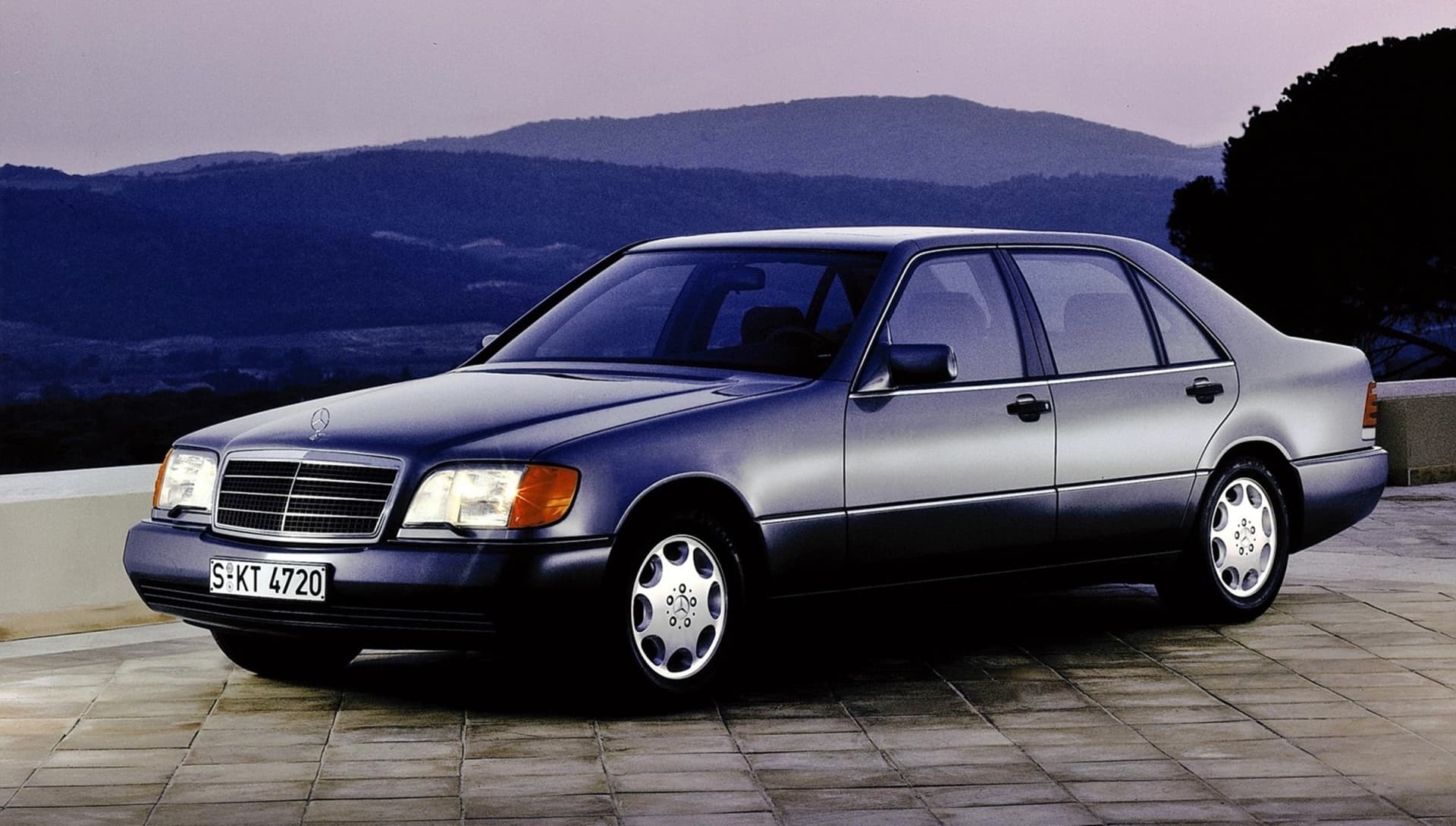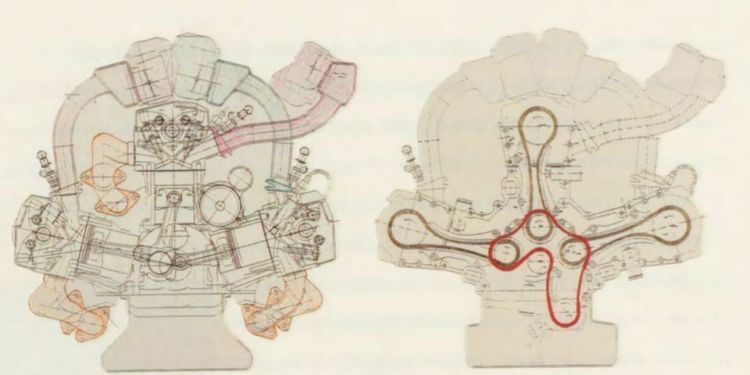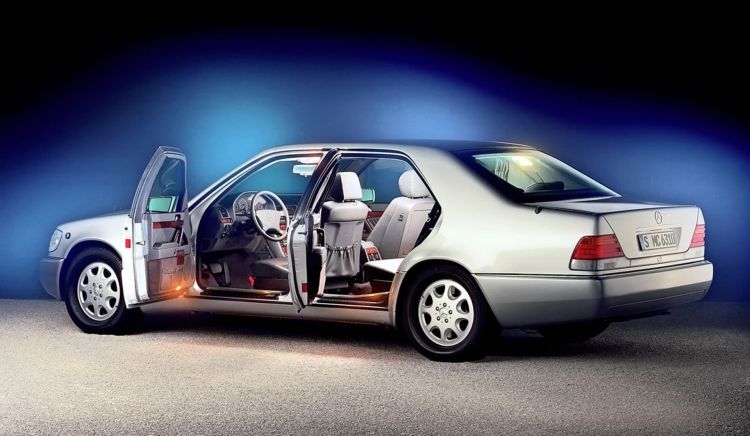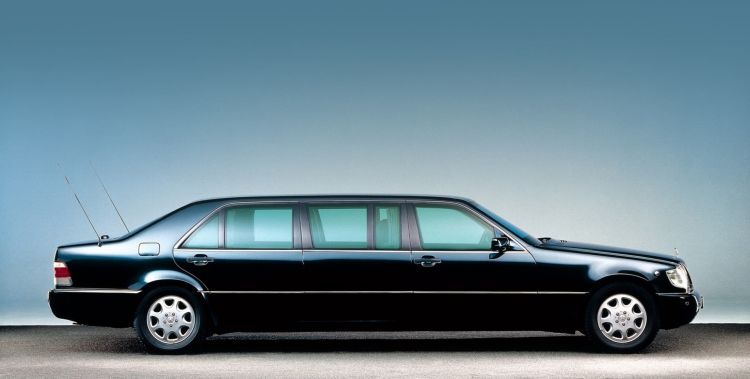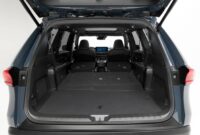There was a time not so long ago when car manufacturers knew no limits when it came to designing engines with an ever-increasing displacement and number of cylinders.. We can understand it as the golden age of motorsports knowing how the industry works today, but yes, Mercedes wanted to create an 18-cylinder S-Class, with 8 liters and up to 680 hp to mark distances with all its competition. The basis of that bizarre idea would be the Mercedes S-Class W140one of the most advanced sedans of the moment and origin of the current concept of luxury saloon where the objective is always to serve as a technological showcase.
When the 12 cylinders became a symbol of power and status, Mercedes wanted to go further with 18 cylinders.
The move from the W116 series to the W126 series was not as dazzling as expected, and Mercedes opted more for a deep redesign than for a new generation. For this reason, the Mercedes S-Class of the W140 series, immediate successor to the W126, opted from the outset to be a car loaded with technology and solutions that could overshadow its competition. And at that point, installing a large displacement V12 was a clear symbol of power, but by then Mercedes would no longer be the only one to offer 12 cylinders, BMW and Jaguar were already at that level. In fact, by 1987 BMW would have already experimented with an equally outrageous idea: the V16-powered BMW 767iL.
Thus, starting from a Mercedes S-Class that could be purchased with 6, 8 or 12-cylinder engines, the time had come to look further afield. The idea of creating a new engine was born then, an engine never seen before in a car of the brand, but which would be possible thanks to other engines already available from the manufacturer. Starting from a concept that Volkswagen would later also use in its beloved W engines, Mercedes decided to combine 3 inline 6-cylinder engines to create a W18 engine with 3 independent rows of cylinders at 75.5º angles.this engine would be referred to internally as the M 216. This engine would hit the streets in two variants, a “conventional” 490 hp and 750 Nm and a second option powered up to 680 hp and 800 Nm.
Mercedes’ first W18 engine would have been sold in two flavors: 490 and 680 hp
As an important note, this arrangement of 3 benches is the “original” in the W engines, and in fact the first steps of the Volkswagen Bugatti in this sense were based on this formulaHowever, when evaluating costs, the Volkswagen Group opted for the option of reducing costs by combining VR (narrow angle V) engines to give life to mechanical W12 from two VR6 or W16 from two W8 which, in turn time, they were born from combining four VR4.
The project began to take shape to assess its possibilities, designing the first sketches and manufacturing the first prototypes of the engine to try to receive the green light from the directive. But there was no luck, Mercedes was already working at that time on the V12 that would come to this dayalso counting on the help of the then AMG preparer. And inevitably the first W18-powered Mercedes was ever bornan ambitious and risky project, but not so far-fetched if we take into account the global success of the S-Class W140 and the growth that the range experienced with the arrival of extended wheelbase (V140 SEL) and limousine (Pullman ).
Font: autobild

